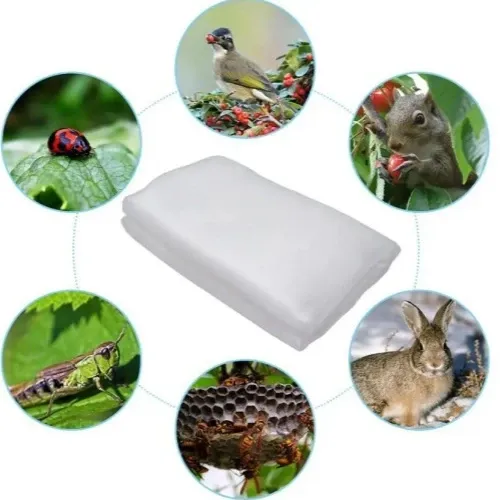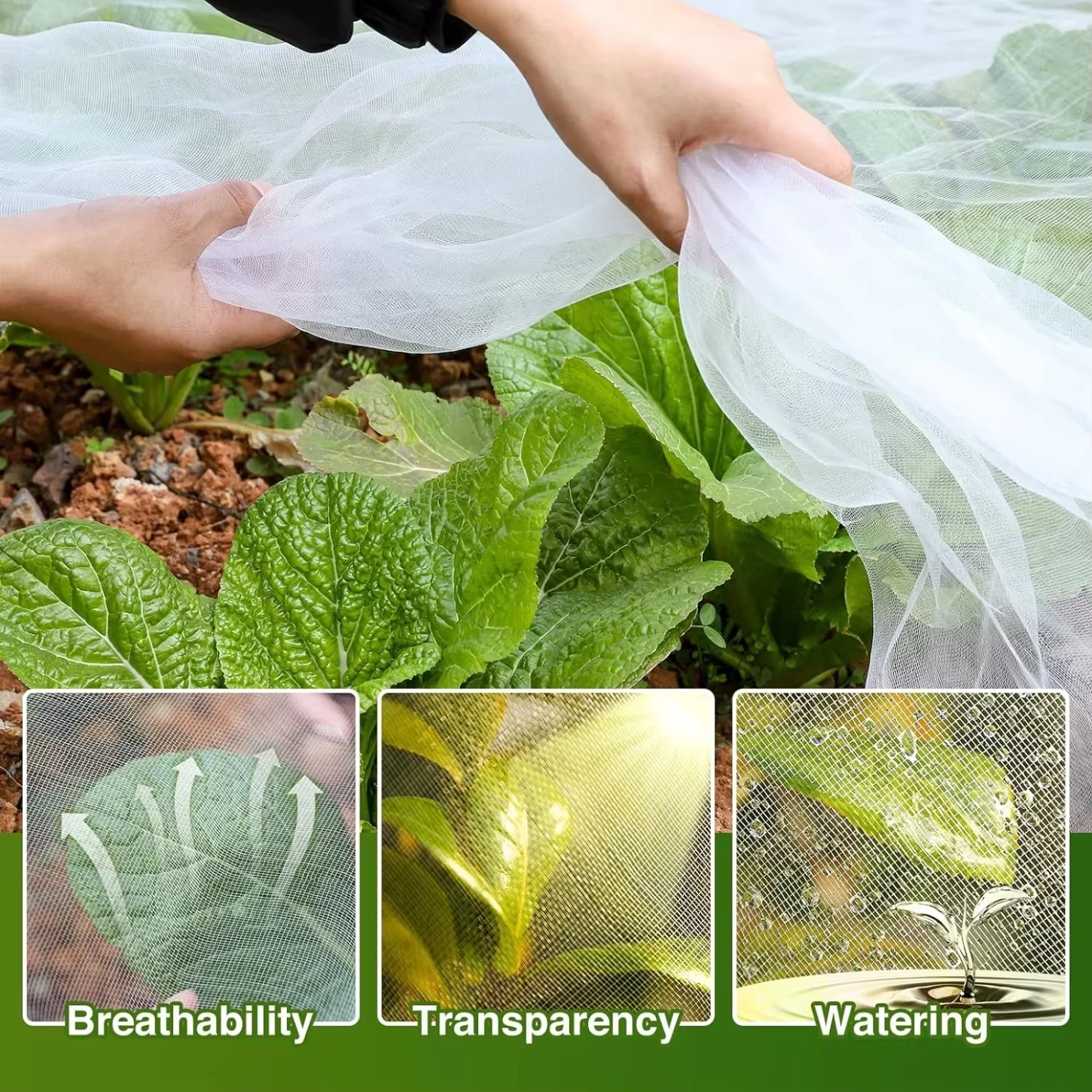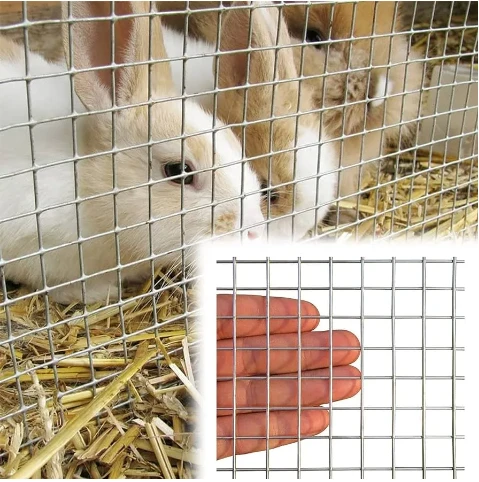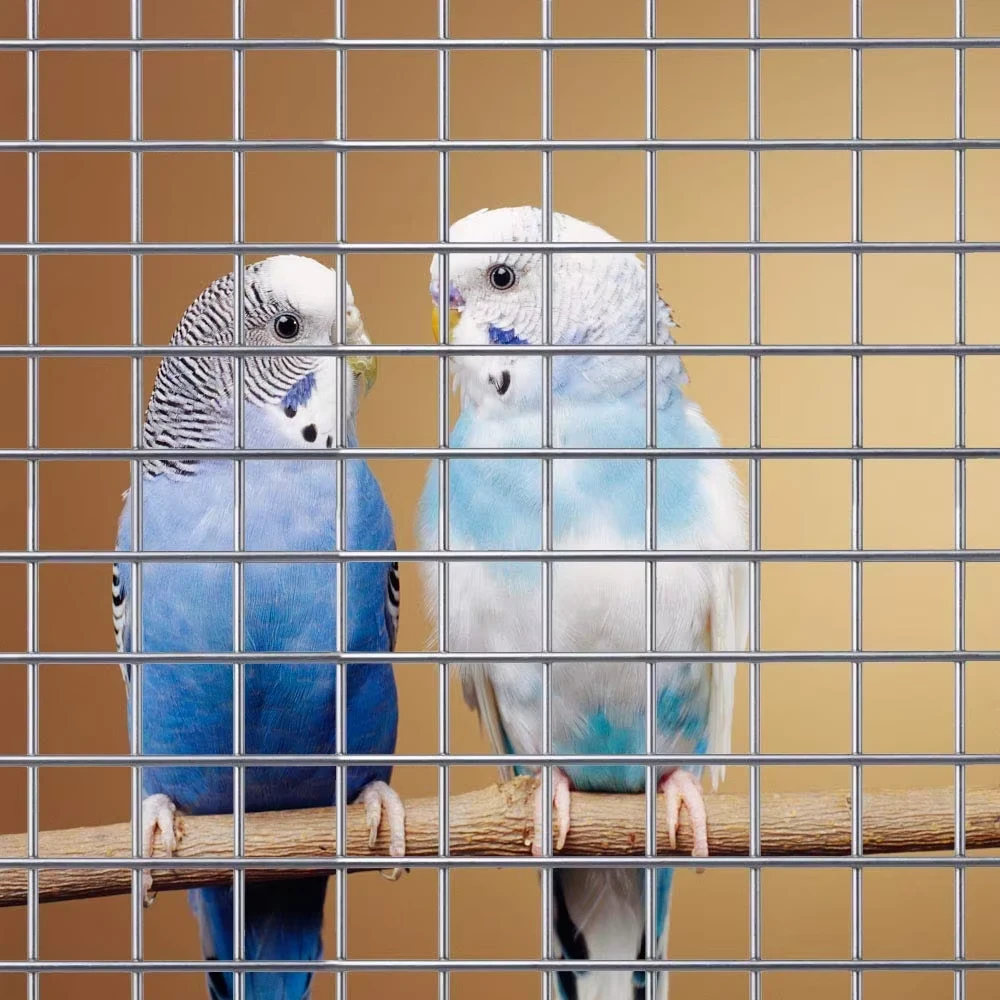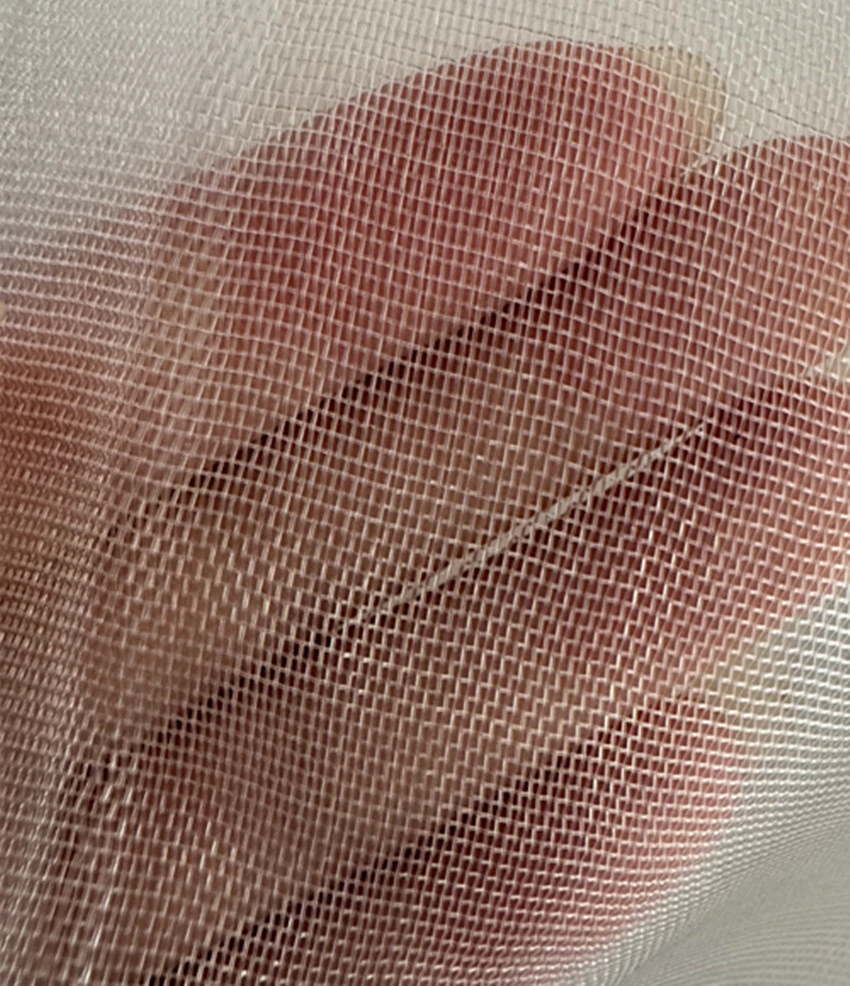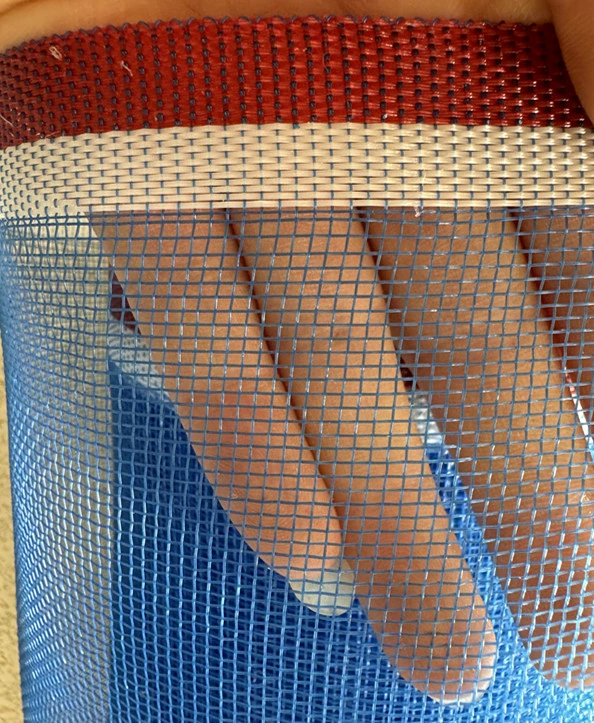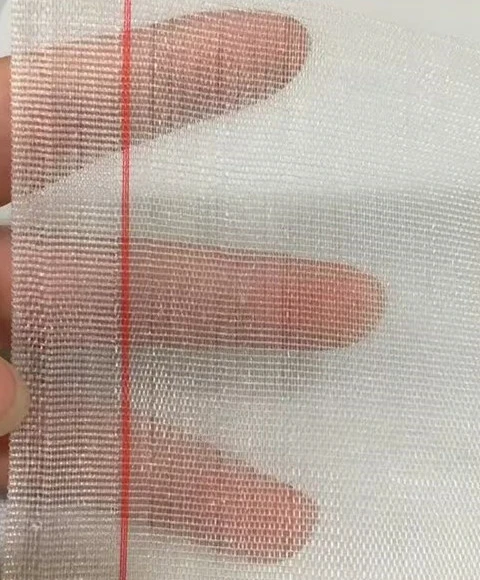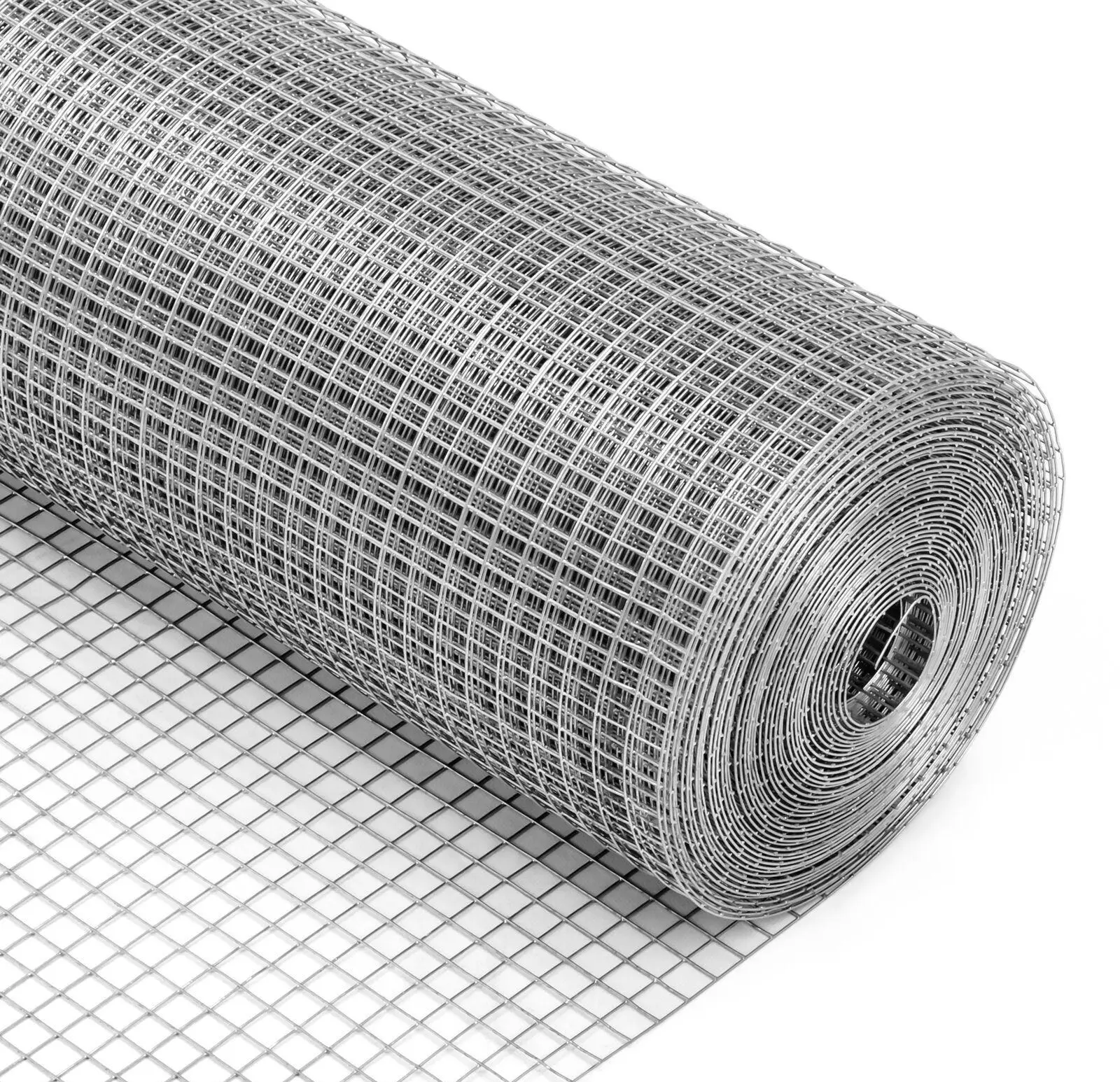-
 ʻApelika
ʻApelika -
 Alapania
Alapania -
 Amahapika
Amahapika -
 Apapika
Apapika -
 Ameniana
Ameniana -
 Azerbaijani
Azerbaijani -
 Pōkē
Pōkē -
 ʻŌlelo Belarusa
ʻŌlelo Belarusa -
 Penekali
Penekali -
 Ponia
Ponia -
 Pukalia
Pukalia -
 ʻŌlelo Katalonia
ʻŌlelo Katalonia -
 Cebuano
Cebuano -
 Kina
Kina -
 ʻŌlelo Kokia
ʻŌlelo Kokia -
 Koalia
Koalia -
 Keka
Keka -
 Kenemaka
Kenemaka -
 Hōlani
Hōlani -
 Pelekania
Pelekania -
 ʻŌlelo Esperanto
ʻŌlelo Esperanto -
 Ekekonia
Ekekonia -
 Pinilana
Pinilana -
 Palani
Palani -
 Frisian
Frisian -
 Kalikia
Kalikia -
 Keokia
Keokia -
 Alemania
Alemania -
 Helene
Helene -
 Kuhalaki
Kuhalaki -
 ʻŌlelo Haiki
ʻŌlelo Haiki -
 Hauka
Hauka -
 ʻŌlelo Hawaiʻi
ʻŌlelo Hawaiʻi -
 Hepela
Hepela -
 ʻAʻole
ʻAʻole -
 Miao
Miao -
 Hunakalia
Hunakalia -
 ʻĀinahau
ʻĀinahau -
 igbo
igbo -
 ʻInikonia
ʻInikonia -
 Ipelana
Ipelana -
 Ikalia
Ikalia -
 Kepanī
Kepanī -
 Kawanī
Kawanī -
 Kanākā
Kanākā -
 ʻŌlelo Kazaka
ʻŌlelo Kazaka -
 Khmer
Khmer -
 Rwandan
Rwandan -
 Kolea
Kolea -
 ʻŌlelo Kurdish
ʻŌlelo Kurdish -
 ʻŌlelo Kyrgyz
ʻŌlelo Kyrgyz -
 TB
TB -
 ʻŌlelo Lākni
ʻŌlelo Lākni -
 Lakiwiana
Lakiwiana -
 ʻŌlelo Lituania
ʻŌlelo Lituania -
 ʻŌlelo Lukemapuka
ʻŌlelo Lukemapuka -
 Makekoni
Makekoni -
 Malagasy
Malagasy -
 Mālei
Mālei -
 Mālealama
Mālealama -
 Malkī
Malkī -
 ʻŌlelo Māori
ʻŌlelo Māori -
 Malapi
Malapi -
 ʻŌlelo Monokolia
ʻŌlelo Monokolia -
 Maianamara
Maianamara -
 Nepali
Nepali -
 Nolewai
Nolewai -
 Nolewai
Nolewai -
 ʻOkitana
ʻOkitana -
 ʻŌlelo Pashto
ʻŌlelo Pashto -
 Pelekia
Pelekia -
 Pōlani
Pōlani -
 Pukikī
Pukikī -
 ʻŌlelo Punajabi
ʻŌlelo Punajabi -
 Lomānia
Lomānia -
 Lukia
Lukia -
 Sāmoa
Sāmoa -
 Gaelika Sekotia
Gaelika Sekotia -
 ʻŌlelo Serbia
ʻŌlelo Serbia -
 Pelekania
Pelekania -
 Shona
Shona -
 Kiniki
Kiniki -
 Sinhala
Sinhala -
 Kolowakia
Kolowakia -
 Kolewenia
Kolewenia -
 ʻŌlelo Somalia
ʻŌlelo Somalia -
 Kepania
Kepania -
 ʻōlelo Sunda
ʻōlelo Sunda -
 Kawahili
Kawahili -
 Kuekene
Kuekene -
 Kakalo
Kakalo -
 Tajika
Tajika -
 Kamili
Kamili -
 Tatar
Tatar -
 Keluku
Keluku -
 Kailani
Kailani -
 Tureke
Tureke -
 ʻŌlelo Kuleke
ʻŌlelo Kuleke -
 Ukrainian
Ukrainian -
 Urdu
Urdu -
 Uighur
Uighur -
 ʻUzbek
ʻUzbek -
 Vietnamese
Vietnamese -
 Welsh
Welsh -
 Kokua
Kokua -
 Yiddish
Yiddish -
 Yoruba
Yoruba -
 Zulu
Zulu
uʻi ʻinoʻino
uʻi ʻinoʻino
He ala maikaʻi ke ʻano o ka ʻiʻo ʻāhaʻi no ka hoʻokaʻawale ʻana i nā mea kanu ʻai invertebrates mai nā mea kanu palupalu. Hoʻohana pinepine ʻia me ke kākoʻo ʻole o nā hoops.
No ke aha e hoʻohana ai i ka mesh pale-insect?
ʻO ke kumu nui o ka mesh hōʻoiaʻiʻo ʻo ia ka mālama ʻana i nā pepeke e like me kāpeti lele keʻokeʻo a pulupulu mai nā mea kanu. Hiki ke hana i ka pale kino a he mea hoʻololi i ka hoʻohana ʻana i nā pesticides.
He ʻano liʻiliʻi ke ʻano o ka mesh me nā pale ʻupena akā hana ʻia me ka polythene maʻemaʻe. ʻOi aku ka wehe ʻana o ka nui mesh ma mua o huluhulu horticultural ʻo ia hoʻi ka hāʻawi ʻana i ka mehana liʻiliʻi. Eia naʻe, hāʻawi ia i ka makani maikaʻi, ka ua a me ka huahekili.
Pono
Ka pale ʻana i nā pepeke
Hoʻohana ʻia ma ke ʻano he pale kino, nā ʻupena hōʻoiaʻiʻo hāʻawi i ka pale mai ka ʻai ʻana i nā mea kanu pinepine me ka piʻi ʻole o ka mahana (e pili ana i ka nui o ka mesh) akā me ka pale maikaʻi i ka makani a me ka huahekili. Hoʻopili pū lākou i ka ua nui e hōʻemi ana i ka pōʻino i hiki i nā kulu ua nui ke hana i ka hoʻolālā lepo, nā moena hua a me nā mea kanu. Hoʻemi ʻia hoʻi ka ʻōpala lepo e hoʻohaumia i nā mea kanu lau.
Many problems including root feeding insects such as lele kāloti a lele aʻa kāpeti are better managed by insect proof mesh than pesticides and the extra shelter leads to better plants and heavier crops.
Stretching mesh, even by placing over hoops, can widen the gaps and reduce efficacy. Check manufacturer’s instructions. The edges of the mesh are best buried under at least 5cms of soil.
ʻAʻole pono e hoʻopili ʻia nā mea kanu i ka wā e ulu ana ma lalo o nā uhi maka a pono e hoʻokomo ʻia ka lohi i ka wā e uhi ai i mea e ulu ai ka mea kanu.
ʻOiai horticultural fleece can exclude invertebrates very effectively, it is much less durable and can be easily damaged when removed for weed control. Fleece can also raise temperatures and humidity to levels that might be undesirable.
ʻO ka hoʻololi ʻana should be practised, as some invertebrates can get through the mesh and might persist until the following year, ready to multiply when the same crop is planted and the mesh replaced.
Nā pōʻino
Hoʻopaʻa palena ʻia o ka mehana
huluhulu should be used where crops need to be provided with extra warmth or frost protection.
Hoʻoikaika i nā maʻi a me nā slugs
Raised humidity levels and subsequent soft, lush growth produced when growing under insect proof mesh may encourage diseases such as ʻO Botrytis a pulupulu. Nā slugs a snails hiki ke hoʻoikaika ʻia e ka haʻahaʻa kiʻekiʻe ma lalo o ka mesh.
Kaohi ana i ke komo ana i na nahelehele
ʻO ka mea pōʻino, pono e wehe i nā mea kanu i kēlā me kēia ʻelua a ʻekolu pule no ka ʻohi, ka mauʻu a me nā hua lahilahi i lūlū ʻia. Pilikia kēia i ke komo ʻana o nā pests i loko o ka mesh e mahuahua ana.
E waiho ana i ka hua ma ka ʻupena
Hiki i nā ʻōpala ke waiho i nā hua i kekahi manawa ma ka ʻupena inā pili ka ʻupena i nā lau mea kanu. ʻO ka hōʻoia ʻana ʻaʻole e hoʻopā ka mesh i nā mea kanu e hōʻemi ana i ka hiki ke hiki mai kēia.
Pilikia polination
ʻO nā mea kanu i hoʻopili ʻia e nā pepeke e like me huakeke a ʻupena ʻAʻole kūpono i ka ulu ʻana ma lalo o ka mesh-proof insect i ko lākou wā pua.
ʻUpena a me nā holoholona hihiu
Hiki i nā holoholona hihiu ke pilikia mai ke kūkulu maikaʻi ʻole ʻia a me ka mālama ʻana i ka ʻupena māla. ʻO ka ʻupena maikaʻi loa, e like me ka mesh hōʻoiaʻiʻo a i ʻole ʻO ka huluhulu horticultural, ʻo ia kekahi o nā koho palekana, akā pono e hoʻopaʻa i nā ʻaoʻao o ka ʻupena ma ke kanu ʻana ma lalo o ka lepo a i ʻole ka heleuma ʻana i kahi papa pae honua i ka hapalua o ka poho i ka lepo. Hiki i nā manu ke hoʻopili ʻia i ka ʻupena wehe a hiki i ka make a ʻeha paha.
Hoʻomau
Insect proof mesh may last five to ten years but unfortunately cannot be easily recycled. However, local recycling facilities should be checked. Insect netting made from biodegradable plant starch is now available from ʻO Andermatt, hāʻawi i kahi koho eco-friendly i nā māla.
koho huahana
Insect-proof mesh is offered in pre-cut sizes, a variety of widths and any length can be ordered ‘off the roll’. The larger the sheet and the closer it is to manufactured sizes the less it costs per square metre.
Kūʻai pū ʻia ka Mesh ma nā ʻano nui mesh. ʻOi aku ka liʻiliʻi o ka mesh ʻoi aku ka liʻiliʻi o ka nalo i hoʻokaʻawale ʻia akā ʻoi aku ka nui o ke kumukūʻai a me ka piʻi ʻana o ka wela (ʻoi aku ka maikaʻi o nā mea hōʻoia i ka iniseti i hiki ke alakaʻi i kahi hoʻomehana nui no nā mea kanu i uhi ʻia) a me ka haʻahaʻa ma lalo. Ma ka ʻaoʻao ʻē aʻe, ʻoi aku ka māmā a me ka maʻalahi o ka hoʻohana ʻana me ka ʻole o ke kākoʻo ʻana i nā hoops.
Mesh maʻamau: 1.3-1.4mm. Maikaʻi no nā pepeke e like me lele aʻa kāpeti, lele onion, lele hua pi a carrot fly, as well as moth and butterfly pests. Birds and mammals can also be excluded. Although theoretically capable of penetrating mesh, mammals and larger birds seldom do, so there is rarely any need to add further protection such as bird netting. However, this size is unreliable in excluding small insects such as aphids, nalo pulu, mea miner lau allium a leek moth.
ʻImi maikaʻi: 0.8mm. Good for very small insects such as flea beetles, cabbage whitefly, moth and butterflies, leaf miners (including allium leaf miner), ʻeleʻele, ʻeleʻele, a me ka lele aʻa kāpeti, lele ʻonika, lele hua pī a me ka lele kāloti. Hoʻokuʻu ʻia nā manu a me nā mammals.
Mesh ultrafine: 0.3-0.6mm. Hāʻawi kēia nui i ka pale maikaʻi thrips, nā pīkoi peʻa a me nā mea liʻiliʻi liʻiliʻi ʻē aʻe. Hoʻokuʻu ʻia nā manu a me nā mea ʻeha mammal.
ʻupena kupu: Hāʻawi nā ʻupena maikaʻi me kahi 4-7mm mesh i ka pale maikaʻi lele keʻokeʻo ʻoiai ʻaʻole pili ka lau i ka ʻupena, a ʻo ka manu a me nā mea momona.
-
Shipping Plastic Bags for Every NeedNūhouJul.24,2025
-
Safety Netting: Your Shield in ConstructionNūhouJul.24,2025
-
Plastic Mesh Netting for Everyday UseNūhouJul.24,2025
-
Nylon Netting for Every UseNūhouJul.24,2025
-
Mesh Breeder Box for Fish TanksNūhouJul.24,2025
-
Expanded Steel Mesh Offers Durable VersatilityNūhouJul.24,2025




